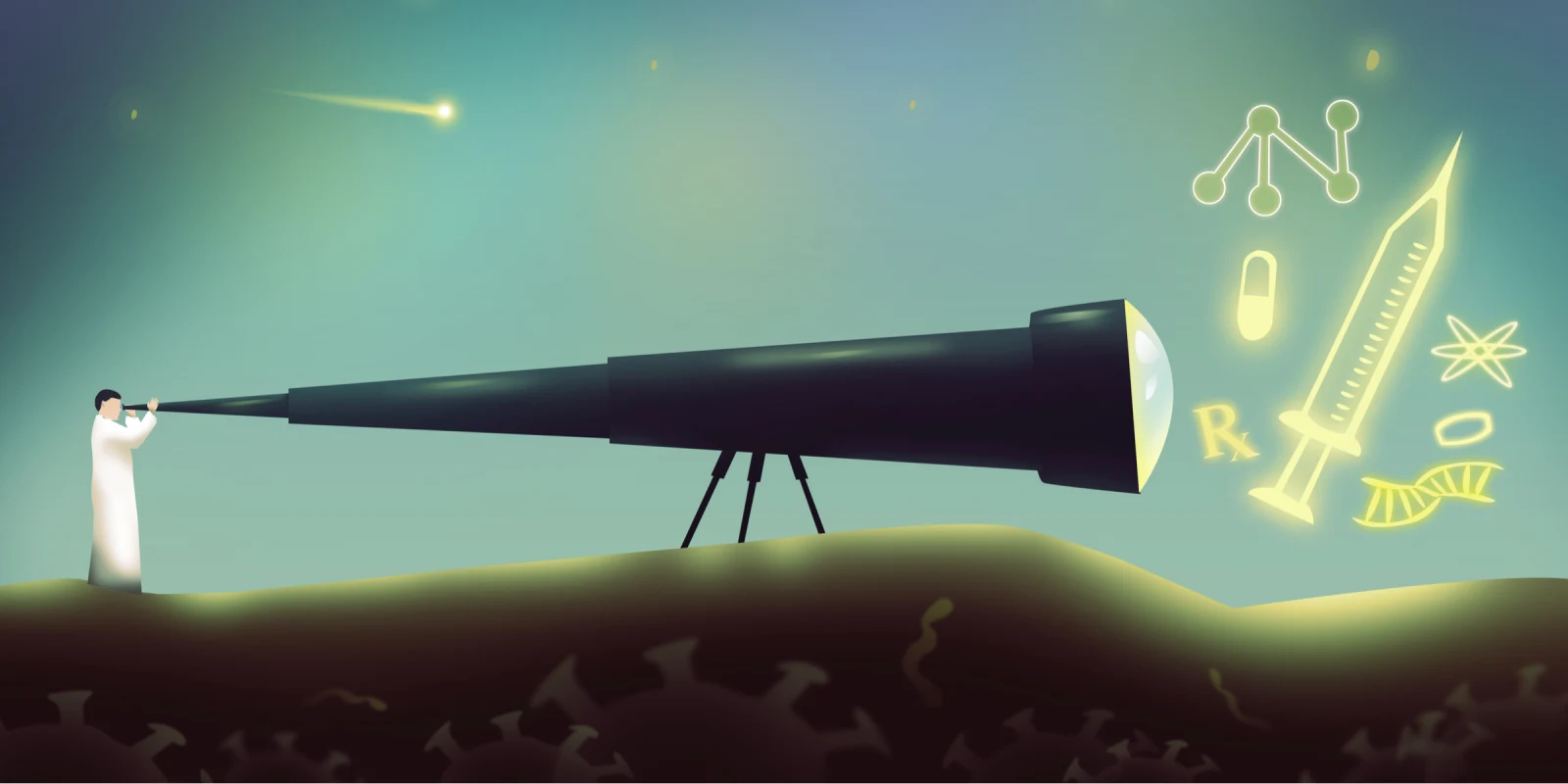The year 2020 will be remembered for many things. We have spent ample time lamenting the deviation from our pre-pandemic patterns and recognizing the ripple effect COVID-19 has had on our lives. We adapted, perfecting our digital presence with hours of Zoom meetings. Zoom has gone from a fun way to visit distant friends to how we meet professionally, review hospital policies, interview the next generation of trainees, and even demonstrate our knowledge during the oral boards. It was therefore not unexpected that “virtual” became the modus operandi for the annual American Academy of Ophthalmology (AAO) meeting.
In the past, when asked why I go to the annual AAO meeting, the answer was two-fold: first for learning about innovations from the experts in the field, while a close second was for the relationships. Catching up with friends, building networks, creating collaborations with colleagues, and finding encouragement in the body of ophthalmologists was often the highlight of each autumn. This year, however, the meeting was all about the content. What a privilege it was to be part of this first-ever virtual AAO meeting. Content was presented in a clever, interactive manner.
When I first opened the virtual meeting dashboard, I was met with a sight nearly as impressive as when I took my annual initial steps into the AAO hall. The glossy, brightly colored headlines flashed while signs for the expo wares and academic offerings surrounded me. The overstimulation of my senses was nostalgically warming. This virtual format was surprisingly easy to navigate, with a large central theater listing the sessions that were available live, along with those available “on demand.”
What was most wonderful about this meeting? The condensed schedule allowed me to march through the content systematically with pleasantly few competing sessions. The panels of knowledgeable leaders produced dynamic discussions and robust participation within the chat boxes. Contrary to expectations, I felt more connected to the speakers as they commented on our questions, fostering an intimate feeling. I did not have to sacrifice a single session that was on the far end of the concourse due to a time crunch (or sore feet) resulting from a long walk to another neighboring venue. Even better, the “on-demand” feature (open for several months) allowed me time to replay those few sessions that began earlier than I did.
As at prior AAO meetings, several clinicians were honored with esteemed named lectures. For many, these represent the pinnacle of a career and a great honor. Michael Repka delivered a thought-provoking and evidence-based plan for managing amblyopia in the Jackson Memorial lecture. For those of us who do not deal daily with this subject, it was an informative summary of the current status of amblyopia treatment obtained using data from the AAO Iris registry. Julia Haller was honored with the Schepens lecture and delivered an inspiring summary of how Wills has stepped up in the COVID-19 era, setting an example for how we can best deliver eye care in this new environment. David Friedman eloquently delivered the Shaffer Lecture discussing the future of glaucoma care. David brought to focus the anticipated evolution regarding frequent monitoring of this slowly progressive disease and how to leverage technology to predict outcomes. On Pediatric Subspecialty Day, Sean Donahue presented the Leonard Apt Lecture. Sean described his surgical management of nystagmus over three decades of practice, giving generous thanks to his collaborators. I want to be similarly generous in my congratulations to these award winners, the careers they represent, and the patients these doctors’ care impacted. While we typically recognize award winners in person, I encourage you to reach out to the ones you know and congratulate them on their accomplishment. A full list of 2020 Honorary Lectures can be found here.
Many young ophthalmologists delivered their inaugural AAO presentations. Hans Andrews, a Vanderbilt resident, presented a uveitis study on behalf of his mentors. His presentation had the same unique challenges as did those of established faculty: making the recording of the talk, ensuring the sound quality was adequate, preparing a background for the talk, and crossing your fingers that your typically reliable Wifi wouldn’t choose this day to be on the fritz. I’m pleased to say that Dr. Andrews’ preparation, content, and connection quality were all superb. For those of you who are beginning your careers, we encourage you to treat your patients diligently, collaborate with your colleagues, and report your findings in reputable high quality journals. The 2020 Honorees have given us something to strive towards.
It was also exciting to see Anne Coleman transfer the AAO presidency to Tamara Fountain. It is the first time there has been a transfer of power from a woman to a woman in the AAO. It is unfortunate the men in politics won’t learn from their example.
While the virtual format of this meeting was a necessity, and although it far exceeded all of my expectations, I don’t think I could say it better than Dr. Donahue did in his closing remarks, “Let’s get together in-person next year. It’s not fun to toast one another from 500 miles away.” Cheers to our colleagues across the country. Though we did not meet in-person this year, there is robust evidence that we are marching ahead and that innovation in ophthalmology is indeed alive and well.
Image: Crystal Eye Studio / shutterstock






